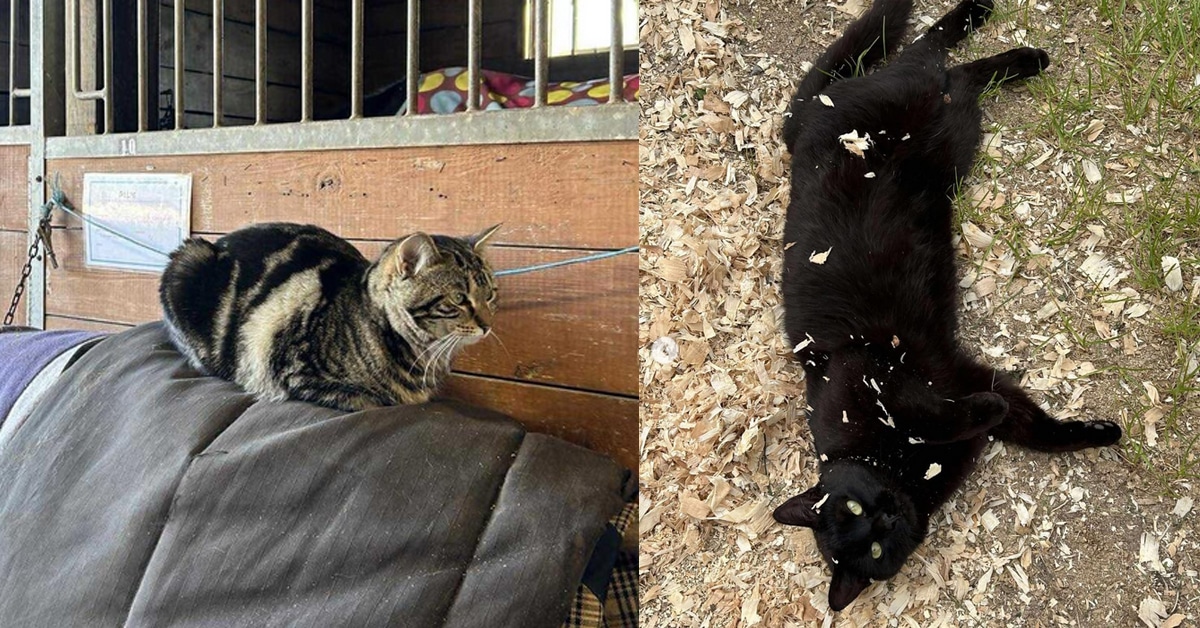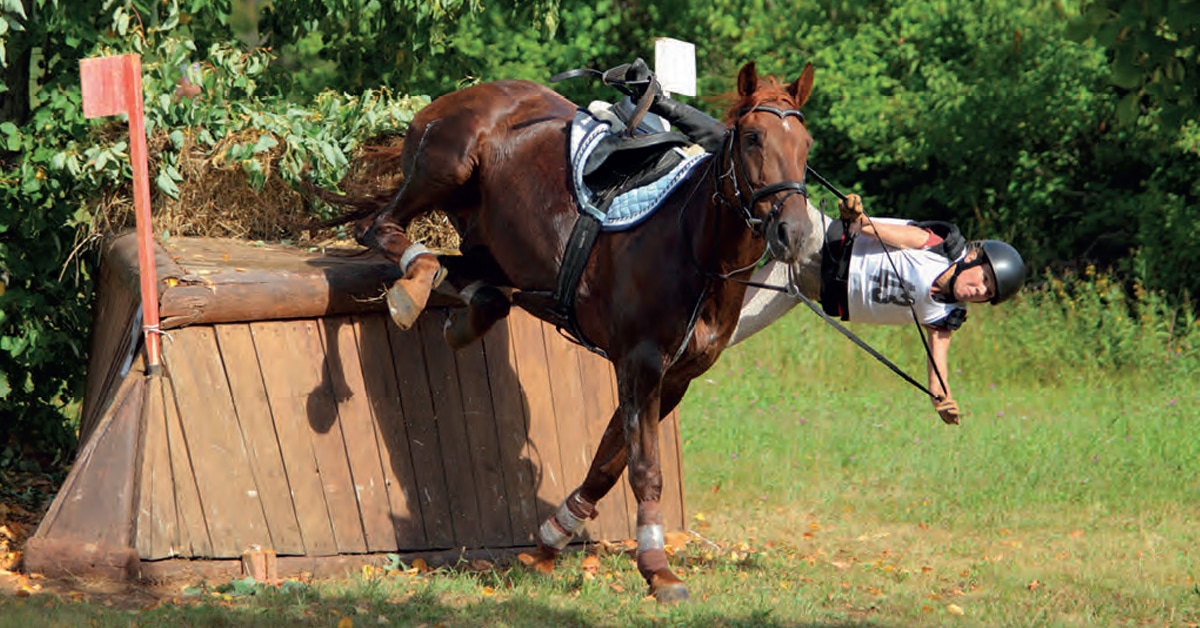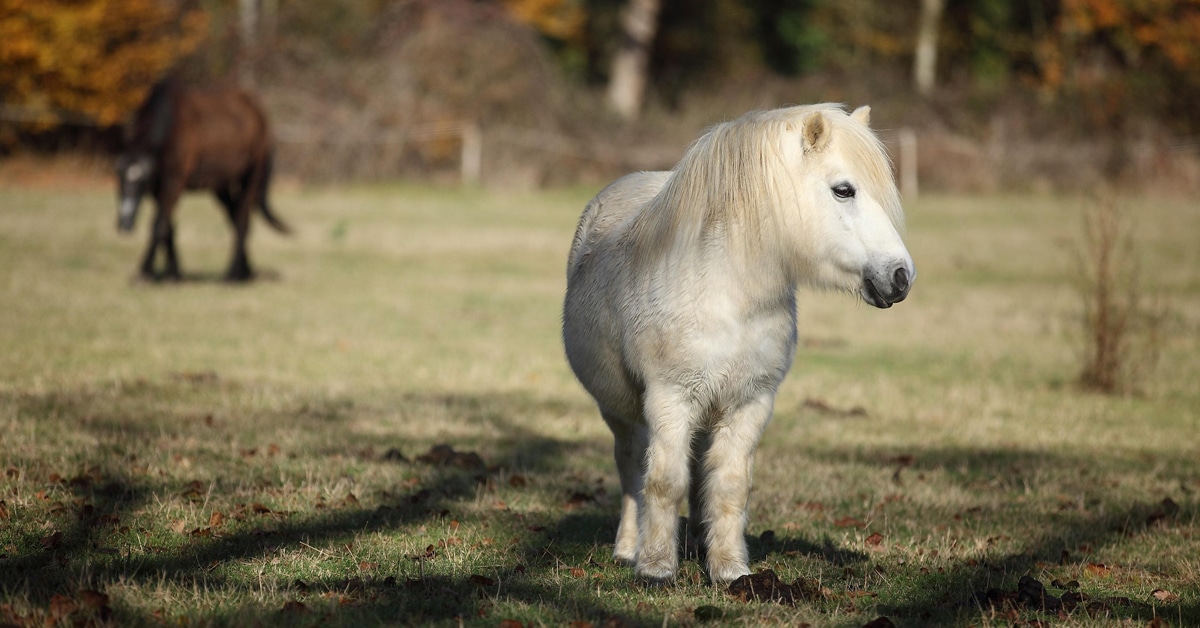The horse’s skin is an important organ responsible for protection from the environment including the sun, bugs, bacteria, and fungus. It also aids in temperature regulation and provides sensory feedback to the horse. But because it is so exposed, the skin can certainly take a beating, especially in wet, muddy paddocks!
The main categories that skin conditions fall into are infections and neoplasms:
Equine Skin Infections
Skin infections can be bacterial or fungal; mud fever or scratches is one of the most common bacterial infections in the horse. Scratches, or pastern dermatitis, is caused by the bacteria Staphylococcus and/or Dermatophilus congolensis and usually affects the back of the pastern extending down to the hoof. Draft horses, or any breed with feathered legs, are more commonly and more severely affected.
Mud fever presents as small scabs on the back of the legs that often are slightly yellow in colour. Occasionally the legs become hot and swollen, which can result in lameness. Treatment can include antibacterial shampoo and a medicated cream that can be purchased from your veterinarian. Occasionally, antibiotics may be used if the leg becomes inflamed. It is important to keep your horse’s legs clean and dry during treatment (not turned out in a muddy paddock!) and if the leg is heavily feathered, clipping can be essential to clearing up the infection.
Dermatophilus congolensis can also cause another skin infection commonly referred to as rain rot. Symptoms of rain rot usually start out as bumps under the coat, which becomes matted and develops characteristic “paintbrush lesions” on the back and neck. The skin becomes flaky and develops scabs similar to those described for mud fever. Treatment for rain rot also involves using medicated shampoo and keeping horses clean and dry, the latter which is key in preventing the condition in the first place.
The most common type of fungal infection is ringworm, which is actually not caused by worms. It is easily identifiable, appearing as circle-like patterns of hair loss with crusty skin underneath. It is very contagious from horse-to-horse and also horse-to-human, so biosecurity measures such as not sharing brushes, tack, or halters should be implemented. Thankfully, ringworm is usually self-limiting; however, an antifungal cream can be purchased over the counter if necessary.
Equine Neoplasms
Unrelated to damp conditions but extremely troublesome are neoplastic conditions (abnormal masses of tissue) in horses, which commonly include melanomas and sarcoids. Melanomas are tumours of melanocytes (pigment-containing cells). Grey horses are most commonly affected – in fact, the majority of them will have at least one melanoma in their lifetime. Melanomas are malignant, although usually slow-growing and unlikely to bother the horse in the early stages. Under the tail is the most common site for these tumours, and they can impede defecation in their most severe form. Treatment can include debridement of the tumour or injectable chemotherapy; however, there is no cure and if the tumour metastasizes to other parts of the body it can be fatal.
Sarcoids are rarely life-threatening but can become quite a nuisance depending on their location. There are six different types of sarcoid – occult, verrucous (warty), nodular, fibroblastic, mixed and malevolent (very aggressive but thankfully very rare). They can present as flat and circular, nodular or pedunculated (elongated). There are several treatment options including topical chemotherapy ointments and implants as well as debulking the tumour.
Thankfully, most skin conditions are easy fixes and can be resolved quickly with the help of your veterinarian. While this article only touched on some of the more common skin conditions, there are more out there. If you are at all concerned about something on your horse’s skin,
please contact your vet!
The Latest











